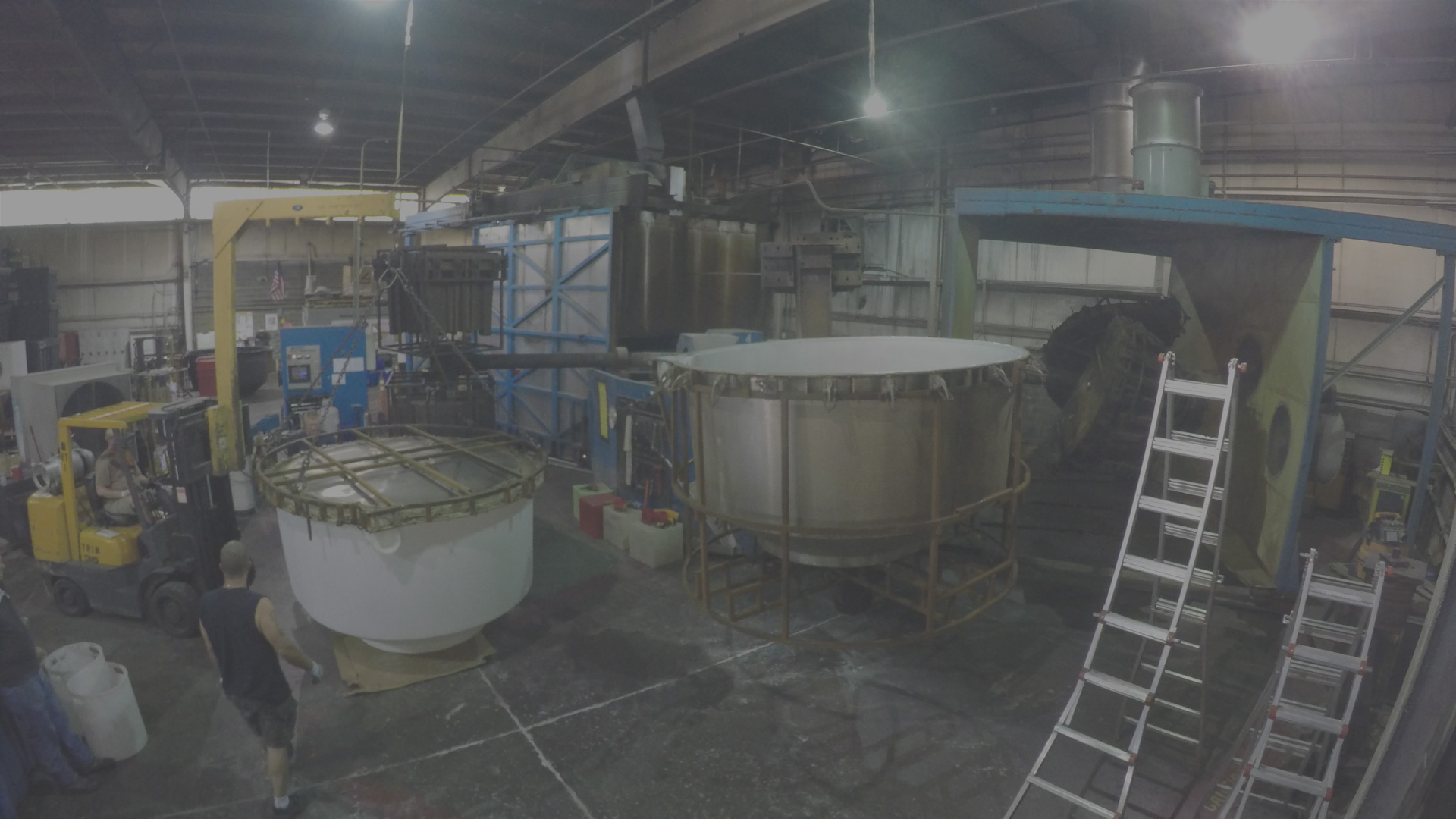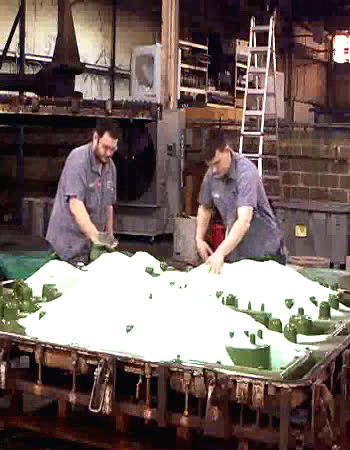Rotomolding, usually referred to as Custom Rotational Molding, is a very successful production method applied to produce empty plastic items with uniform wall thickness and superior durability. This process is widely used across industries including automotive, agriculture, construction, and customer goods. Its growing reputation is due to the unique benefits it provides when it comes to design flexibility, production effectiveness, and item performance.

Excellent Design Freedom
One of the standout great things about rotational molding could be the higher level of design flexibility it provides. Unlike traditional plastic molding practices, rotomolding enables suppliers to create complicated styles, varying wall thicknesses, and incorporated characteristics such as handles, posts, and pockets without the need for extra assembly. This level of flexibility is fantastic for custom-designed items or these requesting complicated detail. The capacity to incorporate numerous components right into a simple easy item also reduces the need for welding or joining components, increasing equally energy and aesthetics.
Cost-Effective Tooling and Manufacturing
Rotational molding is also noted for its economical tooling costs. The shapes found in this process are normally produced from metal and don't involve high-pressure weight, which significantly decreases the first investment. Also, the gradual, heat-driven process of rotomolding means that conforms experience less wear and grab as time passes, increasing their functionality and keeping preservation charges low. This makes the procedure particularly attractive for short to medium manufacturing works or niche products.
Remarkable Durability and Structural Reliability
Products and services created through rotational molding are renowned because of their strength and resilience. The technique assures a straight distribution of product across all surfaces, eliminating poor areas and increasing impact resistance. Because the parts are created as a single bit, you can find number seams or bones that could become details of failure. This makes rotationally carved products and services perfect for harsh settings, outside use, and heavy-duty purposes wherever stability is essential.
Consistency and Quality Get a handle on
Rotational molding delivers regular effects across manufacturing batches. Because the plastic-type material is consistently distributed throughout the turning method, the end products and services maintain uniform wall thickness and architectural stability. That uniformity plays a part in trusted performance and predictable outcomes, which are critical in industries that need rigid quality standards.

Environmentally Pleasant and Low-Waste
From a sustainability perspective, rotational molding is a low-waste process. Excess substance from the form may frequently be reused, and the process itself does not count on hazardous substances or make significant emissions. Furthermore, the effectiveness of producing single-piece services and products decreases the need for additional components or power for assembly. Several producers may also be shifting toward using recyclable or biodegradable parts within their rotomolding operations, further enhancing the environmental benefits.
Realization
Rotational molding offers a variety of affordability, design flexibility, longevity, and environmental effectiveness that few other manufacturing operations can match. Whether making small components or large, durable pots, this technique remains to show it self as a reliable answer across different sectors. For makers seeking supreme quality, custom plastic parts with minimal spend and long-term value, rotational molding remains a top-tier choice.
